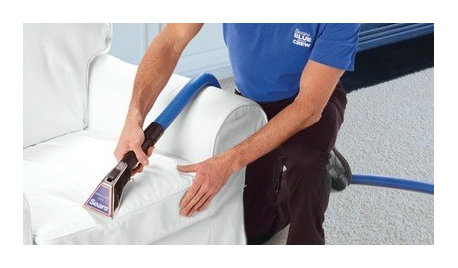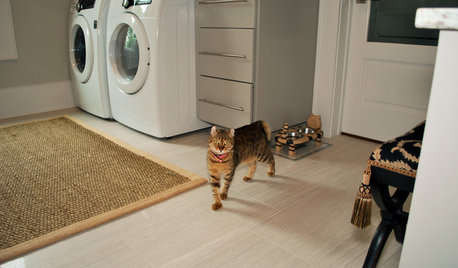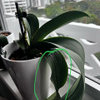Stinky cat palm
lauraeli_
9 years ago
Related Stories

HOUSEKEEPINGWhat's That Smell? What to Do About Stinky Furniture
Learn how to diagnose and treat pet and other furniture odors — and when to call in a pro
Full Story
THE HARDWORKING HOMEA Laundry Makes Room for a Diva Cat
A South Carolina laundry room was designed to be sophisticated and functional, but when a kitten arrived, whimsy emerged
Full Story
HOUSEPLANTSMeet a Palm That's Fine With Fluorescent Light
Get the look of the tropics without the full-on sun and high humidity — parlor palm tolerates regular indoor conditions with aplomb
Full Story
LANDSCAPE DESIGNCelebrate a Sunny Climate With the Right Leafy Palm for Your Site
So you get freezes or floods. So your garden is small. These palms send excuses riding off into the tropical sunset
Full Story
ROOM OF THE DAYRoom of the Day: A Playful Palm Springs Style in L.A.
The great room in Kelly Oxford’s 1960s Los Angeles home combines a monochromatic palette with bursts of color — and quirky touches
Full Story
HOUSEPLANTSGot Bright Light but Lack Spare Time? Try Ponytail Palm
This low-maintenance houseplant has an exotic look and a drought-tolerant nature. Just give it lots of sun
Full Story
HOMES AROUND THE WORLDMy Houzz: Where Palm Springs Meets Gum Trees
A love of midcentury design and a knack for renovating lead this family to a 1960s gem on the outskirts of Melbourne
Full Story
PETS10 Tips for Keeping Indoor Cats Healthy and Happy
It's National Cat Day: Ask not what your cat can do for you (because it will ignore you) but what you can do for your cat
Full Story
PETSSo You Want to Get a Cat
If you're a cat lover, the joys outweigh any other issue. If you haven't lived with one yet, here are a few things to know
Full Story
PETSHouzz Call: Send in the Design Cats
Post your best photo of your cat at home, in the garden or with you in your studio. It could be published in a featured ideabook
Full StoryMore Discussions









plantomaniac08
lauraeli_Original Author
Related Professionals
Ballwin Landscape Architects & Landscape Designers · Brentwood Landscape Architects & Landscape Designers · Mountain Brook Landscape Architects & Landscape Designers · Allentown Landscape Contractors · Billerica Landscape Contractors · Waterbury Landscape Contractors · Bloomington Landscape Contractors · Braintree Landscape Contractors · Duarte Landscape Contractors · Lees Summit Landscape Contractors · Mount Kisco Landscape Contractors · West Haverstraw Landscape Contractors · Westchester Landscape Contractors · Sun Valley Landscape Contractors · Norridge Landscape Contractorsplantomaniac08
lauraeli_Original Author
plantomaniac08
lauraeli_Original Author
plantomaniac08
tropicbreezent
lauraeli_Original Author
garyfla_gw
paul_
lauraeli_Original Author
tapla (mid-Michigan, USDA z5b-6a)
tropicbreezent